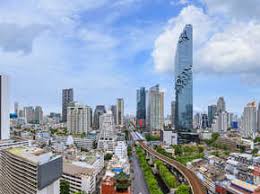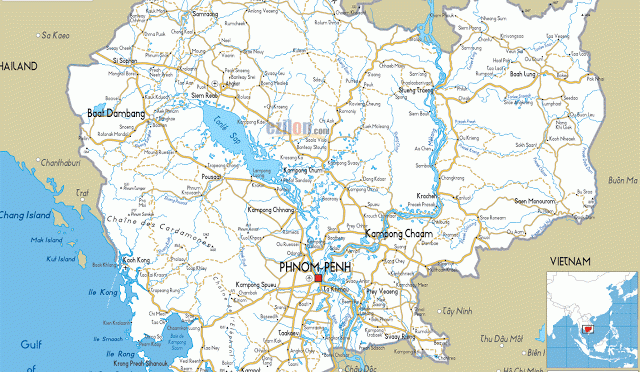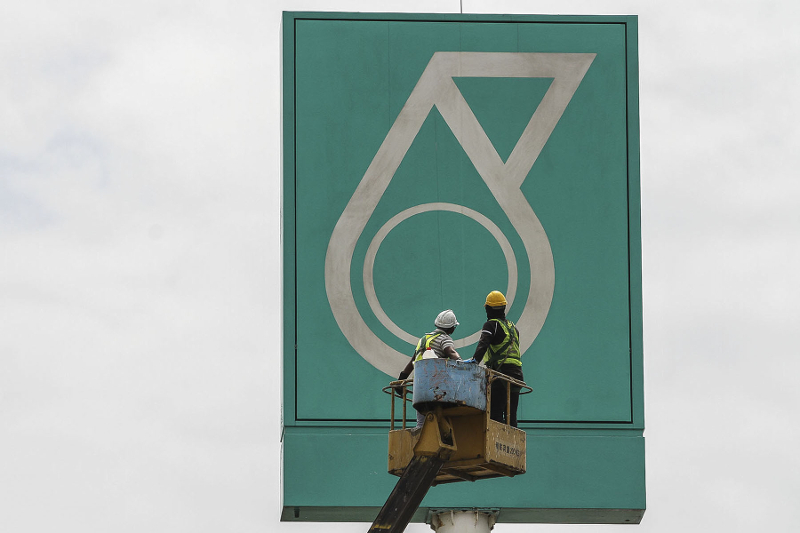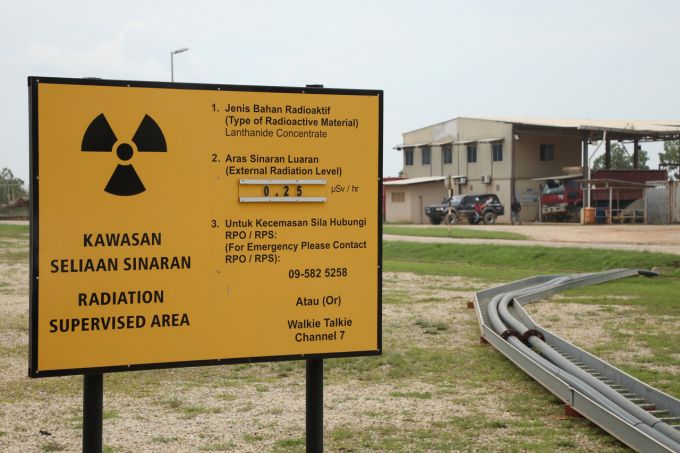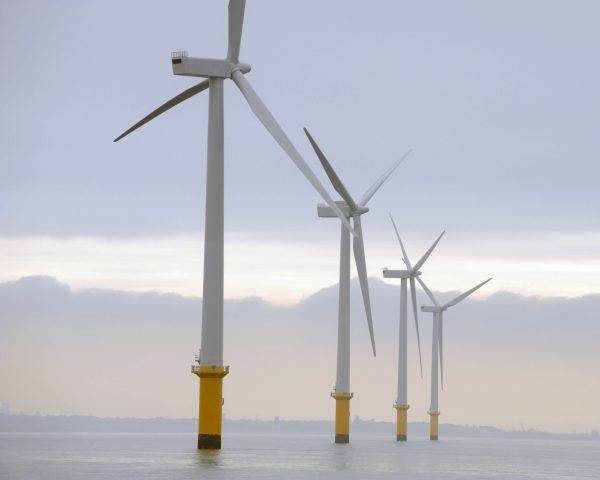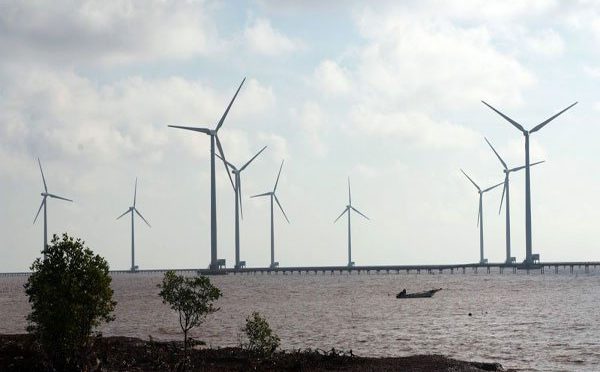On 31 October 2019, energy industry leaders gathered in Singapore for the Wind Energy Conference at the Asia Clean Energy Summit (ACES). The conference, co-organised by the Global Wind Energy Council (GWEC) and the Sustainable Energy Association of Singapore (SEAS), featured dialogues on regulatory challenges, project financing and the latest technological advancements in the wind sector.
The day began with the signing of a series of agreements between GWEC and regional partners, with the objective to accelerate the decarbonisation of South East Asian markets, which are currently reliant on fossil fuels. The initiatives for increased cooperation aim to deliver the tremendous potential of wind and renewable energy across the region.
While much work remains ahead, here are the top highlights from the conference:
Highlight #1: The energy transition requires regional collaboration
In recognition of mutual interests and a shared mission to promote sustainable development, GWEC signed three MOUs with Sustainable Energy Association of Singapore (SEAS), Binh Thuan Wind Energy Association (BWEA) and Thai Wind Energy Association (ThaiWEA). The MOUs aim to accelerate the growth of wind energy in South East Asia, with a focus on Vietnam and Thailand.
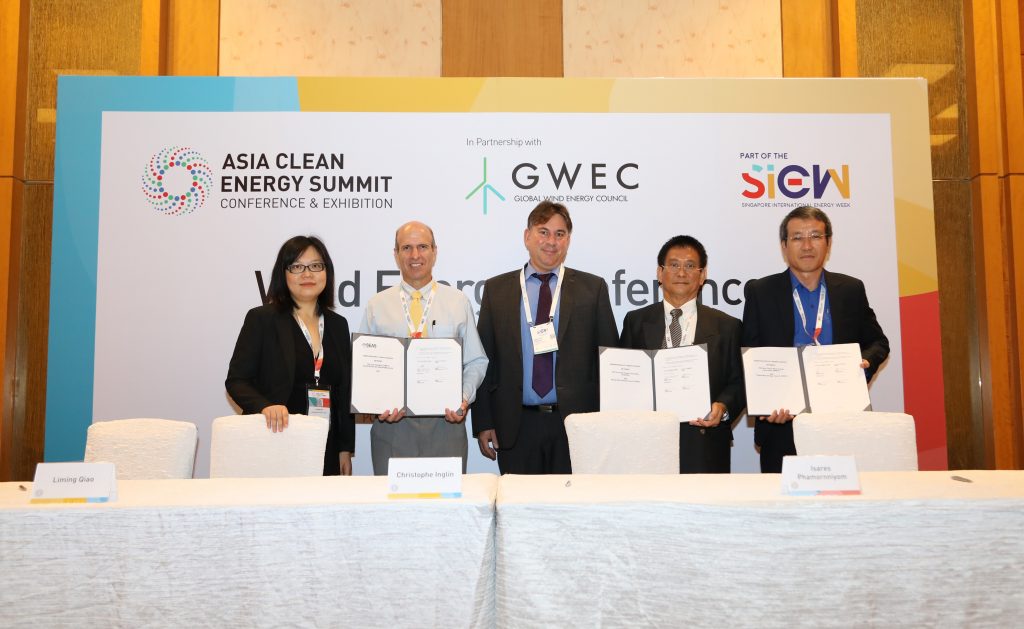
Find out more about these new initiatives for cooperation and what they mean for wind energy development in South East Asia here.
Highlight #2: South East Asia as a lynchpin for the world’s energy future
South East Asia was described as “the missing piece” for Asia’s energy transition. There is a strong need to balance fast-paced economic growth with meeting the region’s rising energy demand sustainably. A transition from fossil fuels to renewable energy in this crucial growth hub will require government commitment, robust policy frameworks and trillions of dollars in investment.
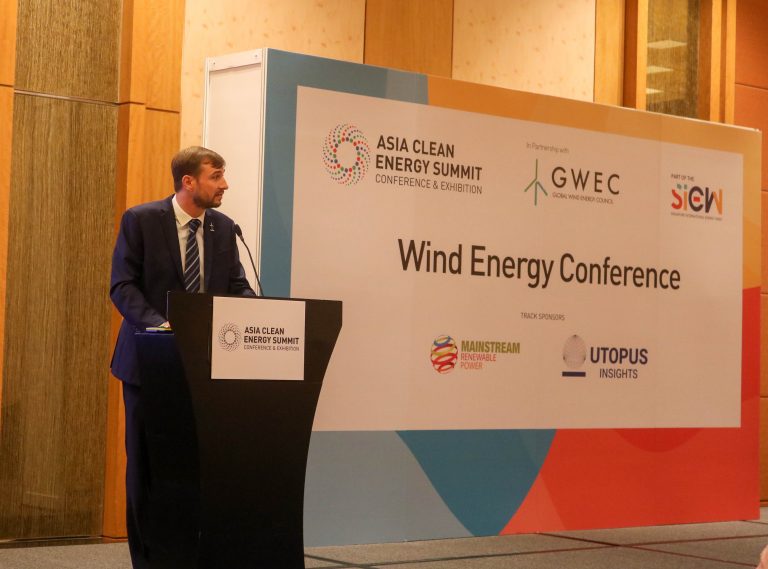
“Wind and solar will account for 51 per cent of the total power generation in the Asia Pacific by 2050. The forecasts are optimistic, and we all should be too, but a lot of work is still needed to make this happen,” said William Gaillard, Vice President of Sales at Vestas Asia Pacific.
The energy transition is at risk of being delayed, with catastrophic consequences for climate change, as pathways forward are not yet clear. “Vietnam has a monumental 309GW of technical potential for offshore wind according to the World Bank. However, it is targeting 6GW to be supplied by wind by 2030, which is less than 2 per cent of the potential,” said Bui Van Thinh, Chairman at Binh Thuan Wind Association.
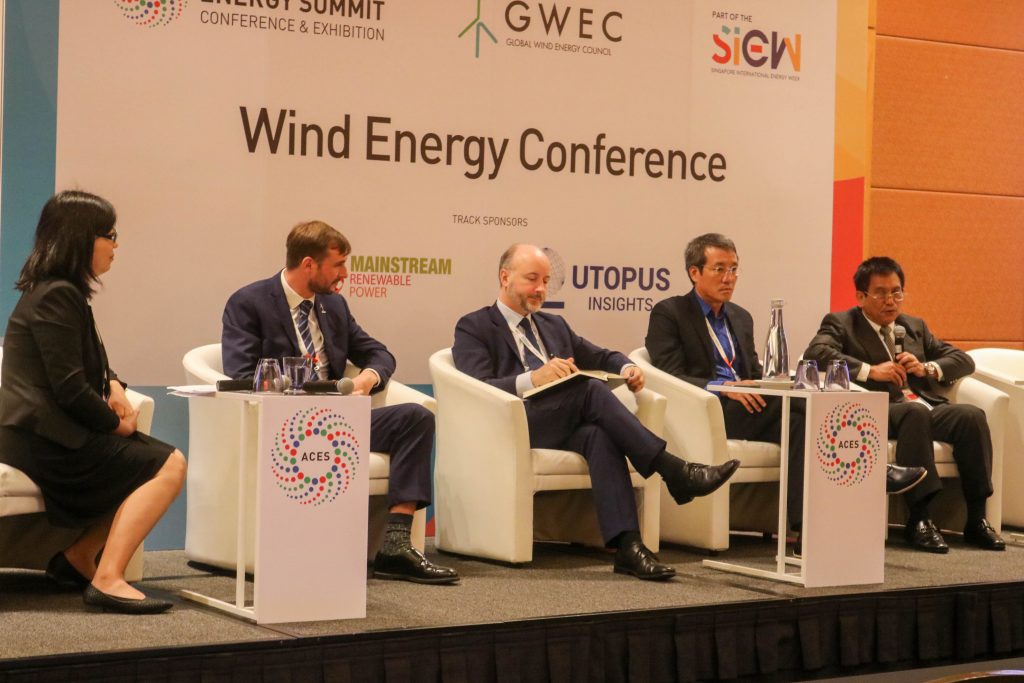
Adam Bruce, Global Head of Corporate Affairs, Mainstream Renewable Power, mentioned that inertia in policy, financing and resolving vested interests in the energy industry is slowing the growth of wind in this region, and industry needs to collaborate more with individual governments in South East Asia to overcome these challenges.
Conference panellists emphasised that clear and consistent policy is the key to building trust and reducing risks and costs for public agencies and private investors. Once stable long-term policy frameworks are in place, the door will open to a wider range of financing models, leading to a cost-competitive wind industry and, eventually, more wind deployment in this region.
Highlight #3: The need for a cross-sector approach
With three concurrent summits happening separately during Singapore International Energy Week – Clean Energy, Downstream and Gas – it is clear that there are opportunities to challenge and learn from other sectors.
It is not a wind versus solar versus gas game; rather, the energy sector must identify system-wide solutions and cooperate with governments in South East Asia to identify comprehensive, long-term solutions.
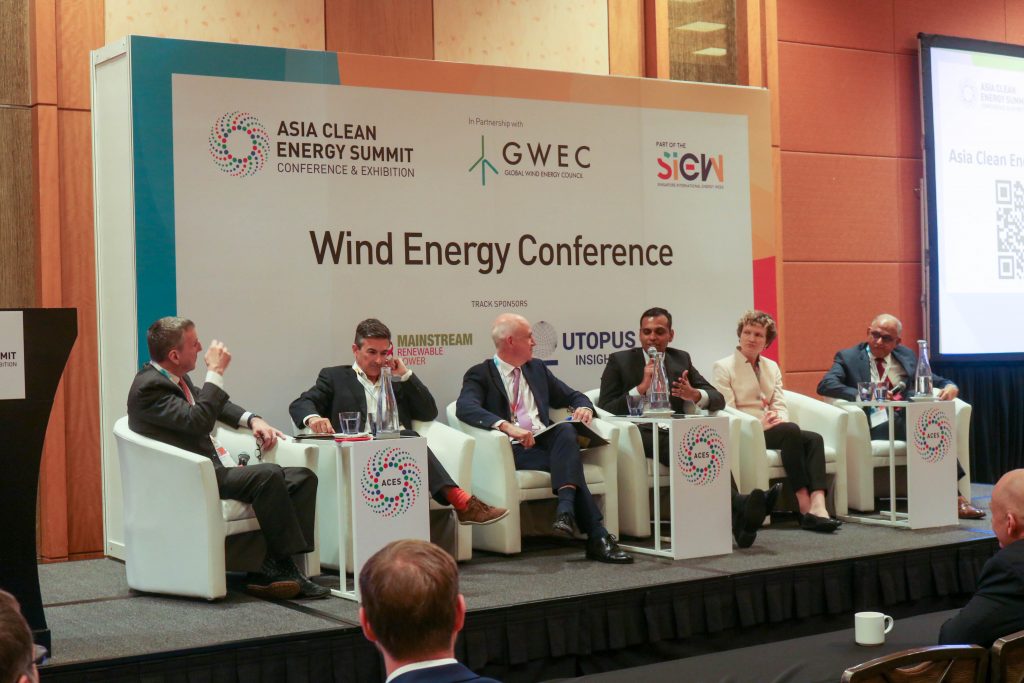
“Right now, solar and wind associations don’t speak to each other much and that has to change,” said Raghuram Natarajan, CEO of Mainstream Renewable Power Asia Pacific.
Balki Iyer, Co-Founder & Chief Growth Officer of Utopus Insights pointed out that “while the energy industry lags behind in analytics and digitalisation maturity, there is a wave of change. Decarbonisation, digitisation and decentralisation are now accelerating the energy transition.”

Ultimately, the answer will require a mix of renewable energy sources, combined with grid infrastructure reinforcements and technological innovation in the areas of storage and offshore wind. Knowledge-sharing, collaboration and the coupling of smart solutions will enable greater advancements towards a clean and secure energy future.
Highlight #4: Supporting gender diversity in the wind sector
Gender diversity is not just an issue of justice, but also a necessity to capture the commercial growth, innovation and investment required for a clean energy transition. “The situation for gender diversity in renewables is much the same as the situation for the energy transition: We have to do more and go faster,” said Joyce Lee, GWEC’s Policy and Operations Director and manager of the Women in Wind Global Leadership Program.
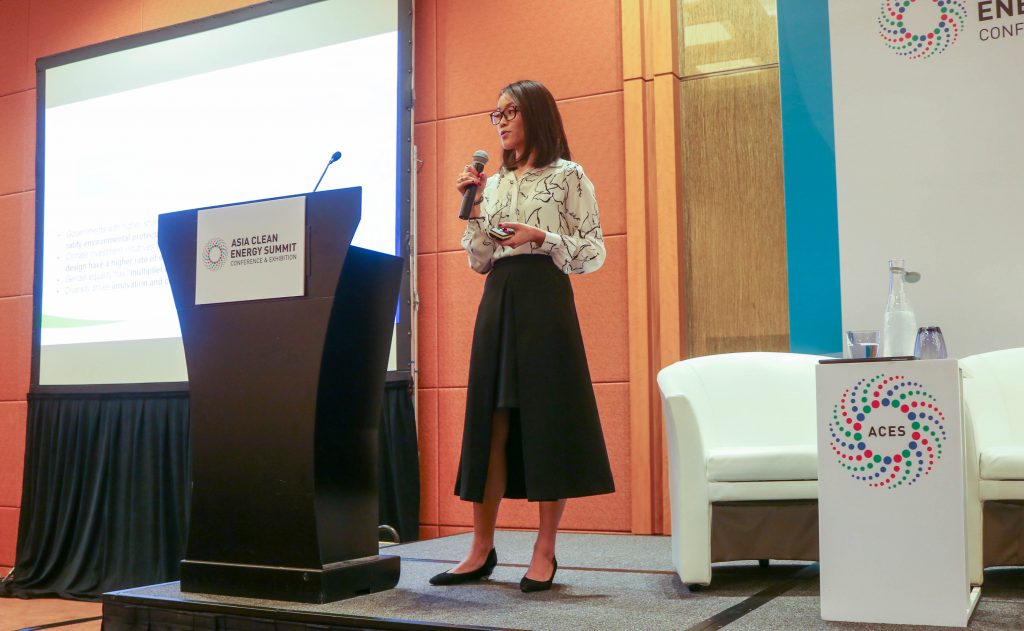
Research by IRENA shows that women are under-represented in the renewables sector. Much more can be done by corporate actors and policymakers to boost women’s participation and allow their talents to be fully utilised.
The renewable energy sector must embrace the value of equal participation in the fight against climate change. Companies must deploy targeted recruitment and training programmes to nurture the next generation of stewards of sustainable businesses and climate-resilient societies. Ultimately, women must be valued as contributors to innovation and collaborators in the energy transition.
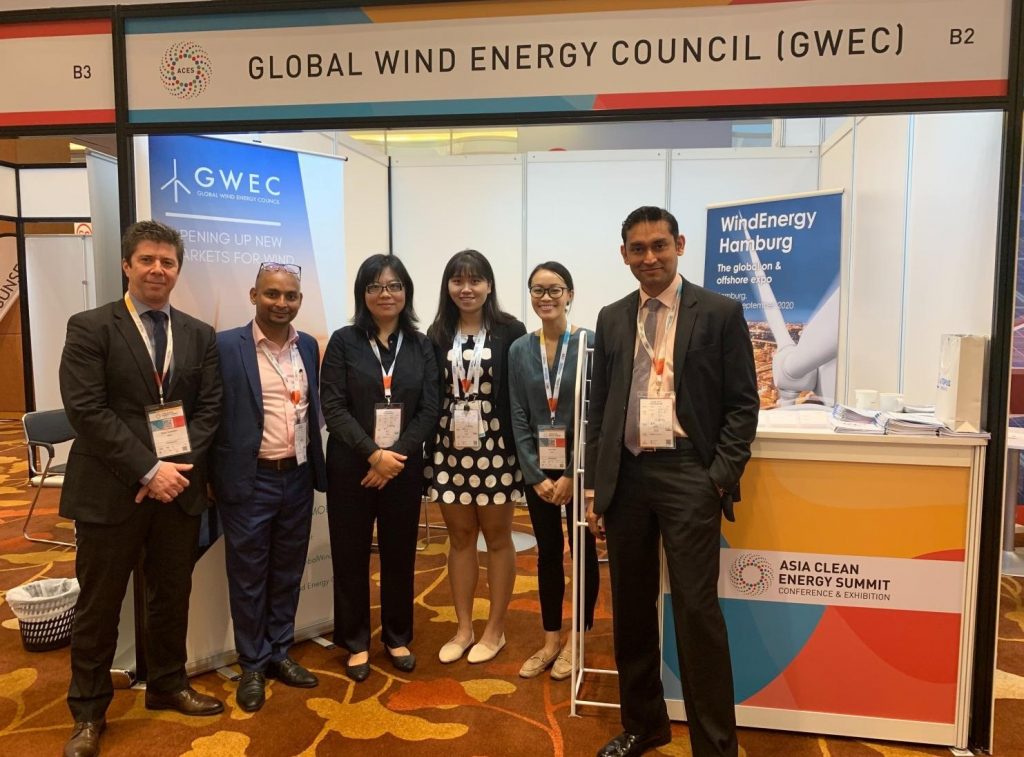
Overall, ACES Wind Energy Conference 2019 highlighted the vital role of wind power in enabling the region’s energy transition. Check out our Twitter moments for ACES Wind Energy Conference 2019 here. Do remember to mark your calendars now for ACES 2020!


